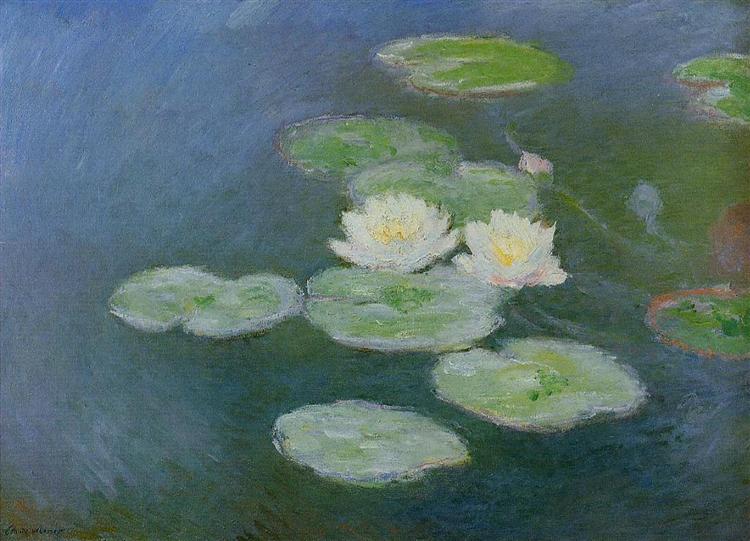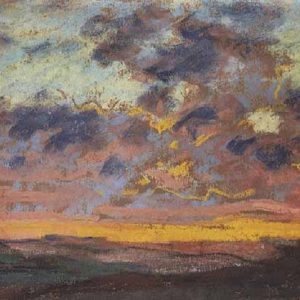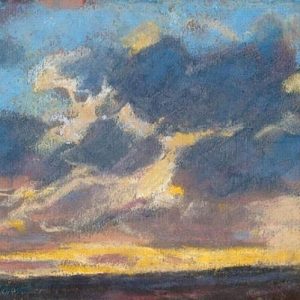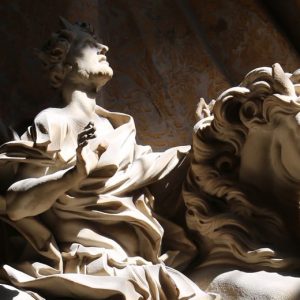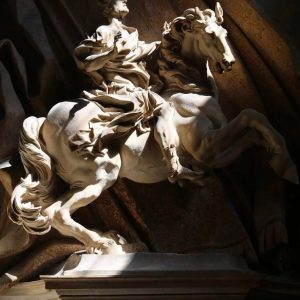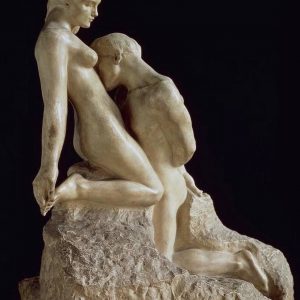Claude Monet’s “Water Lillies, evening effect” is an iconic painting from the artist’s Impressionistic period. This work was created in 1899 and contains a tranquil, dream-like atmosphere that captures the beauty of nature in its most mystical hour, the twilight, in contrast to his famous Impression, Sunrise. The painting portrays a large pond surrounded by weeping willow trees, reeds, and lilies. Monet used his unique style of short brushstrokes to create a blurred effect that almost seems to float just above the water’s surface. He also chose a soft color palette composed of blues and purples that give this painting its calming aura.
The overall atmosphere of this piece is both contemplative and peaceful. The dreamy quality of light combined with the stillness of motion creates an almost surreal environment for viewers to explore. The play between light and water also gives off an air of mystery as if one is looking into the unknown depths of nature itself. Monet used his distinct visual language to capture these fleeting moments in time just before nightfall when everything takes on a different hue and there’s one last moment to take in all the beauty surrounding us before darkness falls again.
Monet’s “Water Lillies, evening effect” serves as an excellent example of his skillful ability to capture such subtle nuances in nature through a unique impressionistic approach. The combination of muted colors, soft brushstrokes, and gentle lighting all come together to create an ethereal image that invites viewers into its own world beyond reality filled with breathtaking scenes that can only be experienced through art like this.

